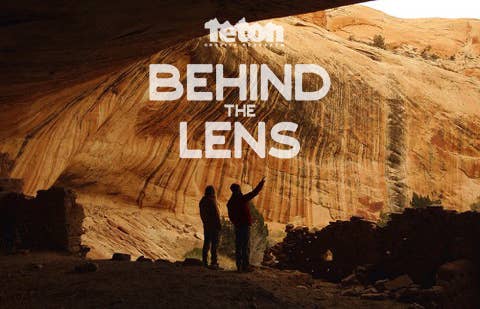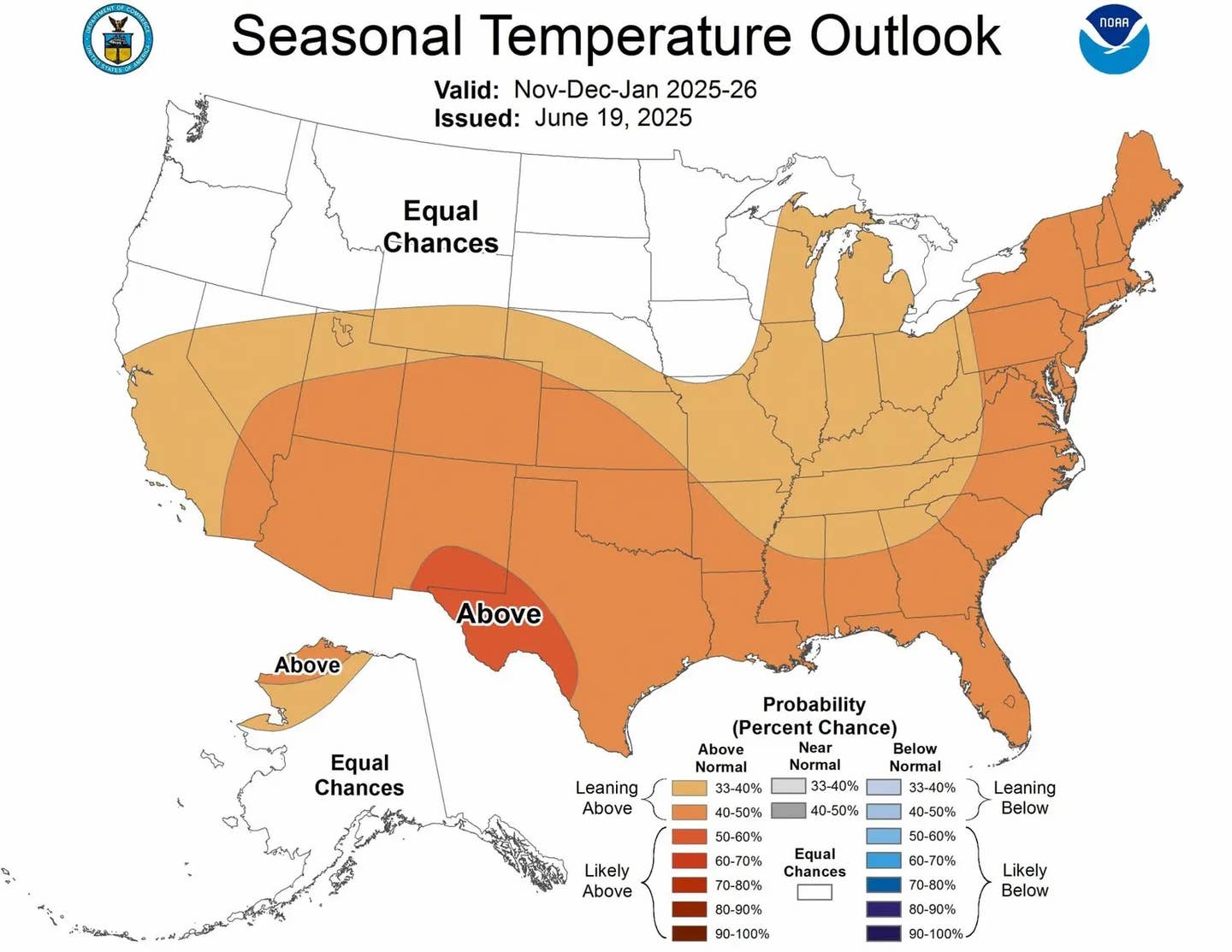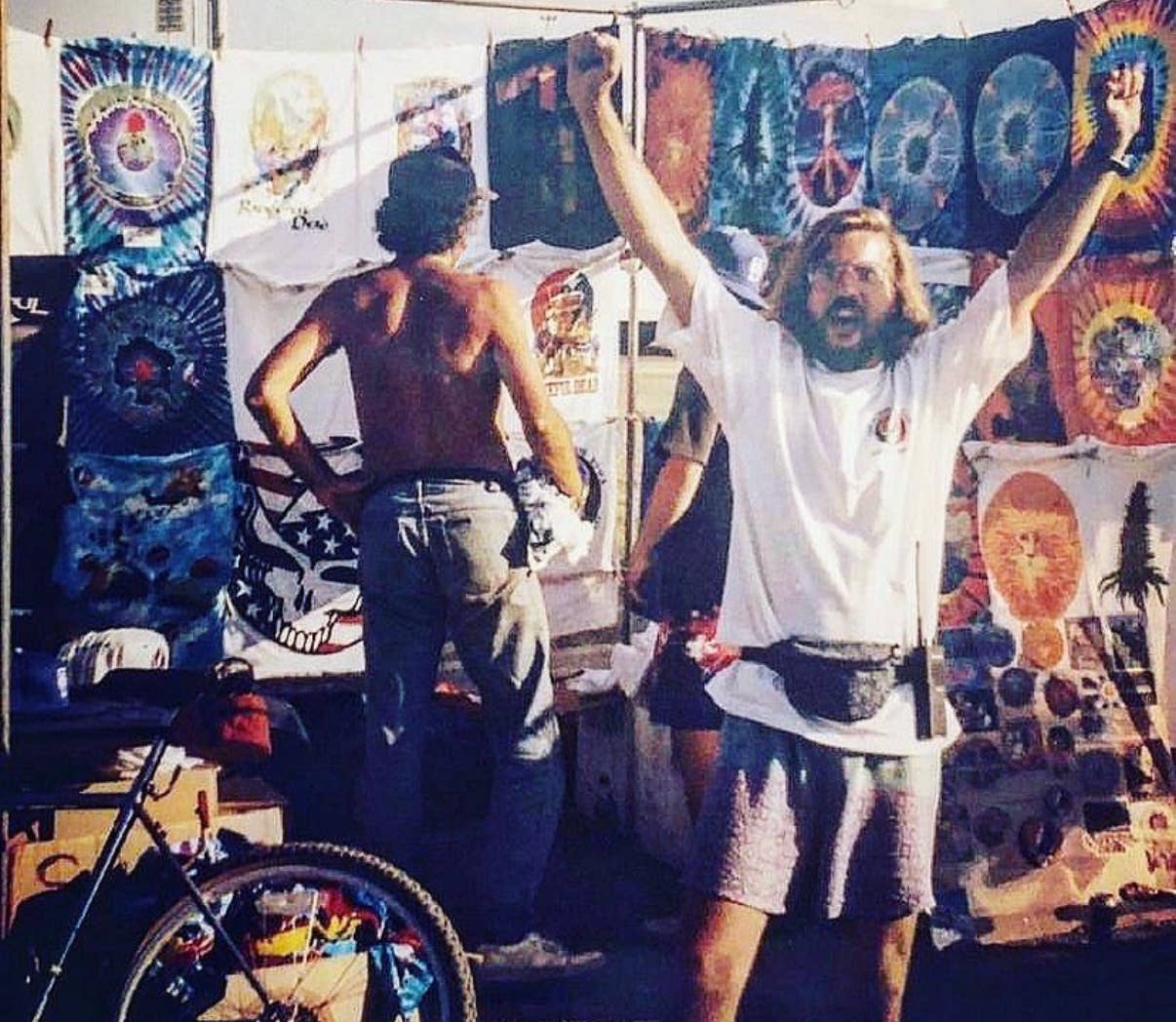Popular Stories
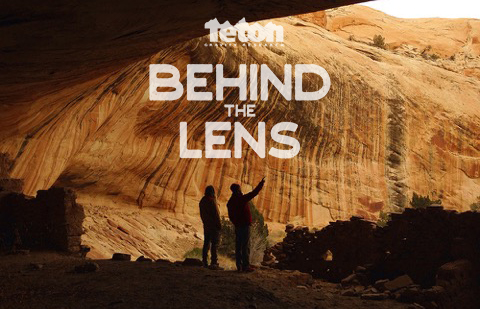
If you’ve paid any attention to video projects coming from the outdoor industry in the last five years, you are sure to have seen the work of Duct Tape Then Beer. The tiny Seattle, WA - based outfit has quietly been making waves in the skiing, climbing, and adventure world with insightful productions that aim to make you think a little bit more about the outdoor world. These range from Caroline Gleich’s Follow Through story, Kyle Dempster’s The Road From Karakol, some hilarious “ads” for Outdoor Research, all the way to their campaign to fund the Bears Ears Education Center, a new visitor center focusing on Utah’s imperiled public lands. All these projects are a unique take on filmmaking, with stories involving insane action mixed in with genuine emotion and tragedy, and storytellers often turning the camera on themselves.
Outside of work, everyone involved with DTTB is an absolute crusher in the outdoors, whether it’s on rock, bikes, or snow.
TGR caught up with Becca Cahall, co-founder and CEO of DTTB, and we talked about their beginnings, what motivates their current work and what lies ahead.
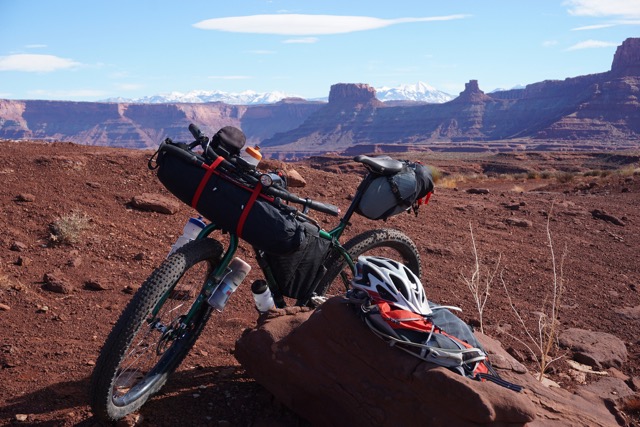 Bikepacking in Lockhart Basin with views of the La Sals, one of the crew's favorite pastimes. Duct Tape Then Beer photo.
Bikepacking in Lockhart Basin with views of the La Sals, one of the crew's favorite pastimes. Duct Tape Then Beer photo.
TGR: Hey Becca! Duct Tape Then Beer, what’s it all about?
We have been up and running for about nine years now doing video projects, but since 2010, Fitz (Cahall) and I have turned it into an official business and decided to call it Duct Tape Then Beer. He started a podcast called the Dirtbag Diaries in 2007, but as we started moving forward with projects and started deciding in what to invest our time, we wanted to make sure that the stories we were telling were going to connect people to nature and strengthen their connection to the outdoor world.
Fitz came from a journalism background, so storytelling was definitely more in the forefront of his motivation, versus just beautiful cinematography. So early on, we partnered with a variety of filmmakers and cinematographers who did that to help complement the storytelling.That definitely wasn’t my skillset, since I came from a wildlife biology background. I worked projects looking at the effects of forest managementon wildlife. I did that for about 10 years, bouncing around the West, working on this project in the winter and then field work for about 6 months in the summer. So one winter, Fitz said “you know, I think I’m going to have to hire somebody,” and I convinced him to hire me and see if we can make it work. So we’re still going from there.
How has the company evolved since then?
There are five of us now, plus a variety of different contractors depending on each project. It keeps us flexible. I don’t spend any time doing my science work anymore but I do think its cool that we spend a lot more of time and effort working with a variety of non-profits that are coming from the outdoor space and working to chance policy. I think in a lot of ways, that if I stayed on the wildlife and forestry track, it would have ended up with me working to try and change policy myself, especially the kind that trickles down and ends up affecting wildlife and nature in general. That goes for both a public lands standpoint as well as a wildlife perspective. So those two different career paths that I felt like diverged for awhile, ended up bending back and are now coming together in a cool new way.
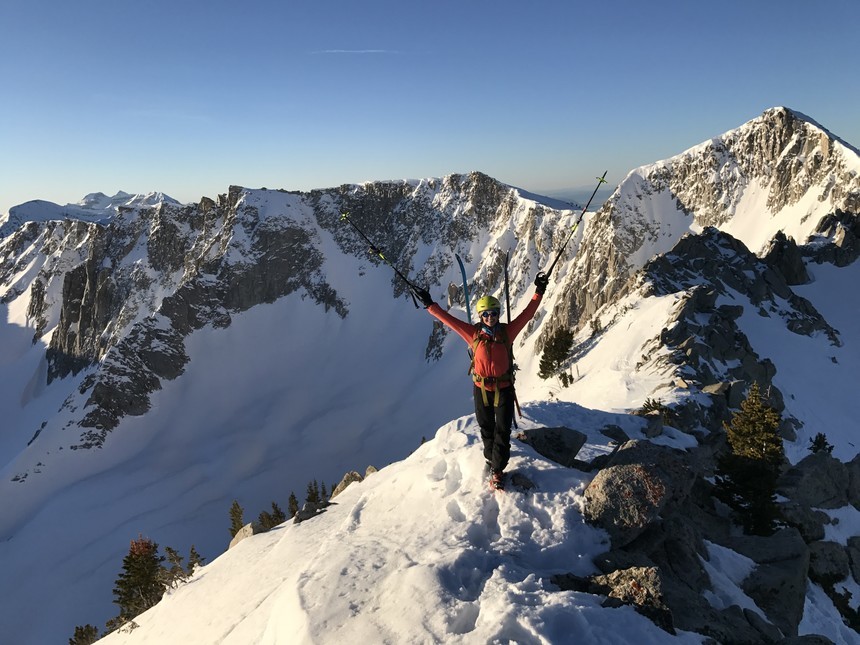 Caroline Gleich completed 90 of the gnarliest ski descents in Utah, DTTB told her story in their short film Follow Through. Rob Lea photo.
Caroline Gleich completed 90 of the gnarliest ski descents in Utah, DTTB told her story in their short film Follow Through. Rob Lea photo.
The Caroline Gleich story, Follow Through, how did that come to be?
Caroline and Adam Clark had been working on this project for a few years. Caroline had told Adam about her goal to ski all those lines, and Adam decided to come along and film her. It took her multiple years to fulfill that goal, and as they were getting close to finishing, Adam approached us about helping to shape the story based on all the footage he had and Caroline’s experiences with online harassment.
She is very open about it, as she has had to tackle it head-on. From our perspective it was interesting to delve into why is she receiving these attacks? What is it about her and the community that people felt they had that permission to do that? To us, it was less about just the outdoor community itself, and more about people wanting to keep things exclusive. Here, it was people wanting to keep ski mountaineering a certain way, and have it adhere to a certain set of rules. Caroline was very unapologetic about how she approaches things, and obviously that didn’t mesh well with some people out there, hence the harassment.
In the end, meshing the happy story of the ski lines with the darker story of her struggles with harassment ended up being exactly what we envisioned from the short film.
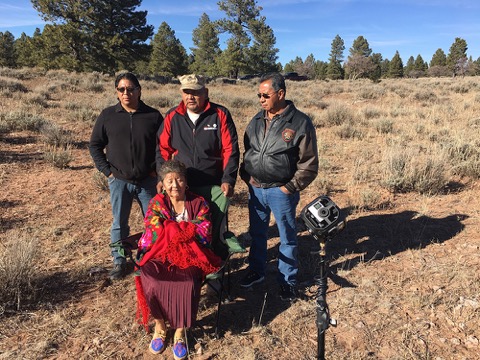 Telling the stories of those involved with the struggle surrounding Bears Ears has become DTTB's latest adventure. Duct Tape Then Beer photo.
Telling the stories of those involved with the struggle surrounding Bears Ears has become DTTB's latest adventure. Duct Tape Then Beer photo.
Join Our Newsletter
You guys have been one of the more outspoken voices in the struggle surrounding Bears Ears. What motivated you to be such a big part of it?
We were first introduced to Josh Ewing, who is executive director of Friends of Cedar Mesa through Patagonia, working on a project for their “New Localism” campaign, in 2014. Patagonia wanted to show people from the outdoor world that were working to protect places that they loved. There first film we did with them was released in 2015, which was Defined by the Line, and that was sort of the intro to Bears Ears for us.
In early 2016, when rumors started coming out that Obama might designate Bears Ears as a national monument, we wanted to explore deeper. It was an incredibly complicated process, as many different groups came together to form a proposal for what to do with the land. All those groups worked really hard to make it happen, and of course now it all fell apart. So we worked with Patagonia to see “how do we want to follow up on this story?” The story was constantly evolving, and now its more complicated and evolving that anyone ever could have imagined.
Funny thing was, our crew showed up to do the Bears Ears VR shoot on the day of the 2016 election. Everybody was just hanging their heads, it was pretty surreal. But after meeting with everyone involved, including the different tribal members of the area, they realized that their work was more important than ever to show other people why the land was important and why it needed to be protected.
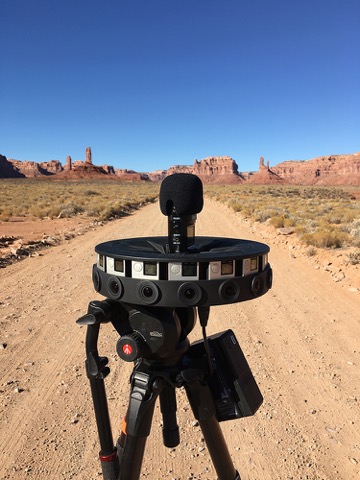 Capturing Bears Ears in a unique way was the first step in many. What better way to do that than a full-featured VR experience? Duct Tape Then Beer photo.
Capturing Bears Ears in a unique way was the first step in many. What better way to do that than a full-featured VR experience? Duct Tape Then Beer photo.
So now, you’ve created a kickstarter to fund the Bears Ears Education Center in Bluff, UT. Was that a project you modeled off something else? Has something like this ever been done before?
From the friends of Cedar Mesa perspective, having the visitor center was the best way to get people directly engaged with the land down there, and engaged responsibly. At this point, whether its a monument or not, loads of people are coming, so we need to have resources available to educate them about enjoying the land responsibly. That means directing them to the areas that are not the most sensitive, and protecting the sensitive areas. Josh wanted to do the visitor center, so we said we would help with the kickstarter and raise funds. We knew approximately when Trump was going to announce the reduction, so we could plan ahead.
It was frustrating though, because during the open comment period, we spoke out with the rest of the community. We felt that we were doing exactly what we were supposed to do, and yet it wasn’t making a difference. The Education Center felt like something concrete, quite literally, that we could do to help.
Regarding the whole process, I felt like it wasn’t something completely new or crazy. There have always been a fair amount of non-profits supporting places like our national parks or historic sites thanks to private donations. But this felt like something much more public, especially to the outdoor community, and ultimately would end up as something that would help a lot more people.
Right now, it’s on private land in Bluff, but the hope would be that at some point it could be donated to the federal government for them to take over and incorporate into the monument or whatever happens. But, you never really know, especially with this situation!
